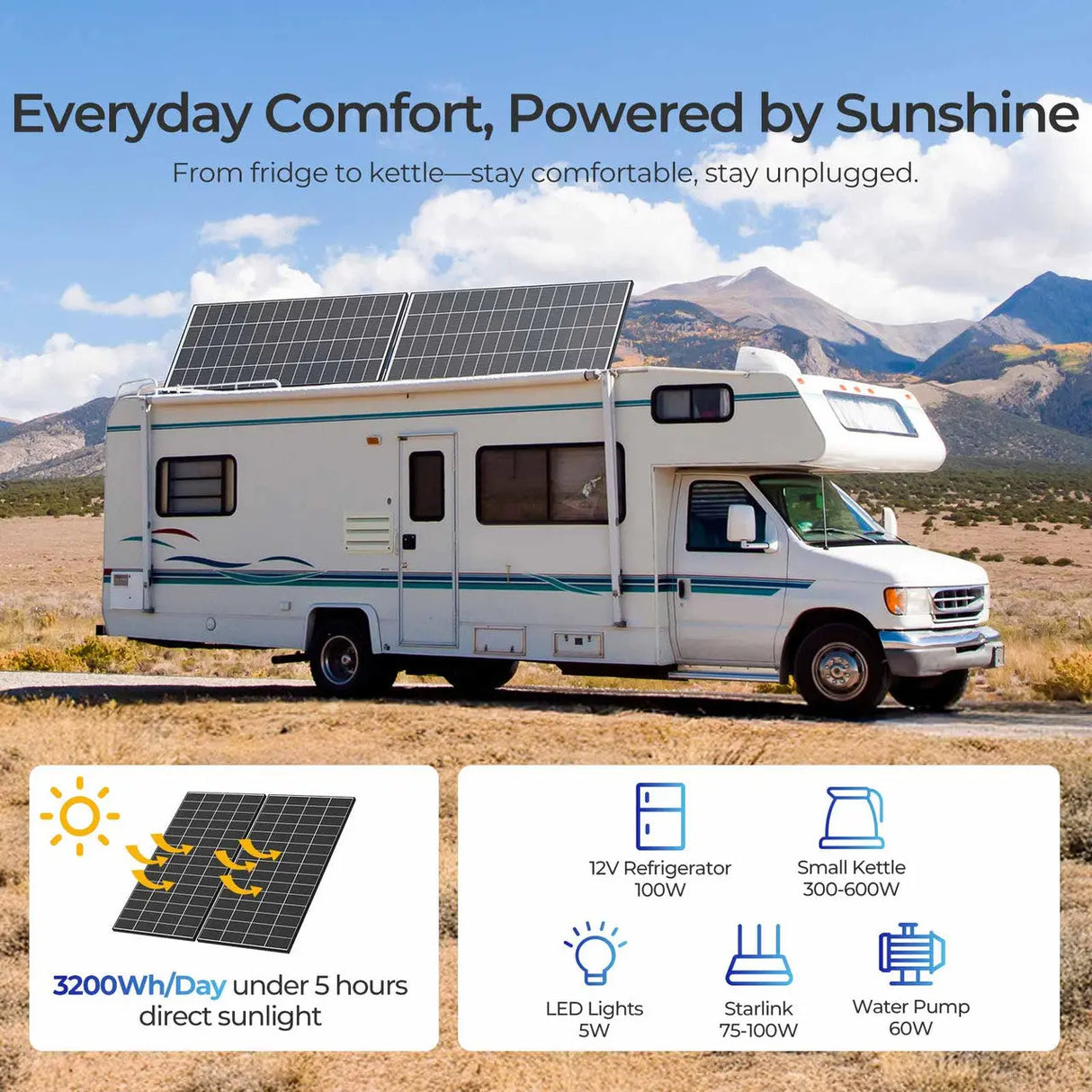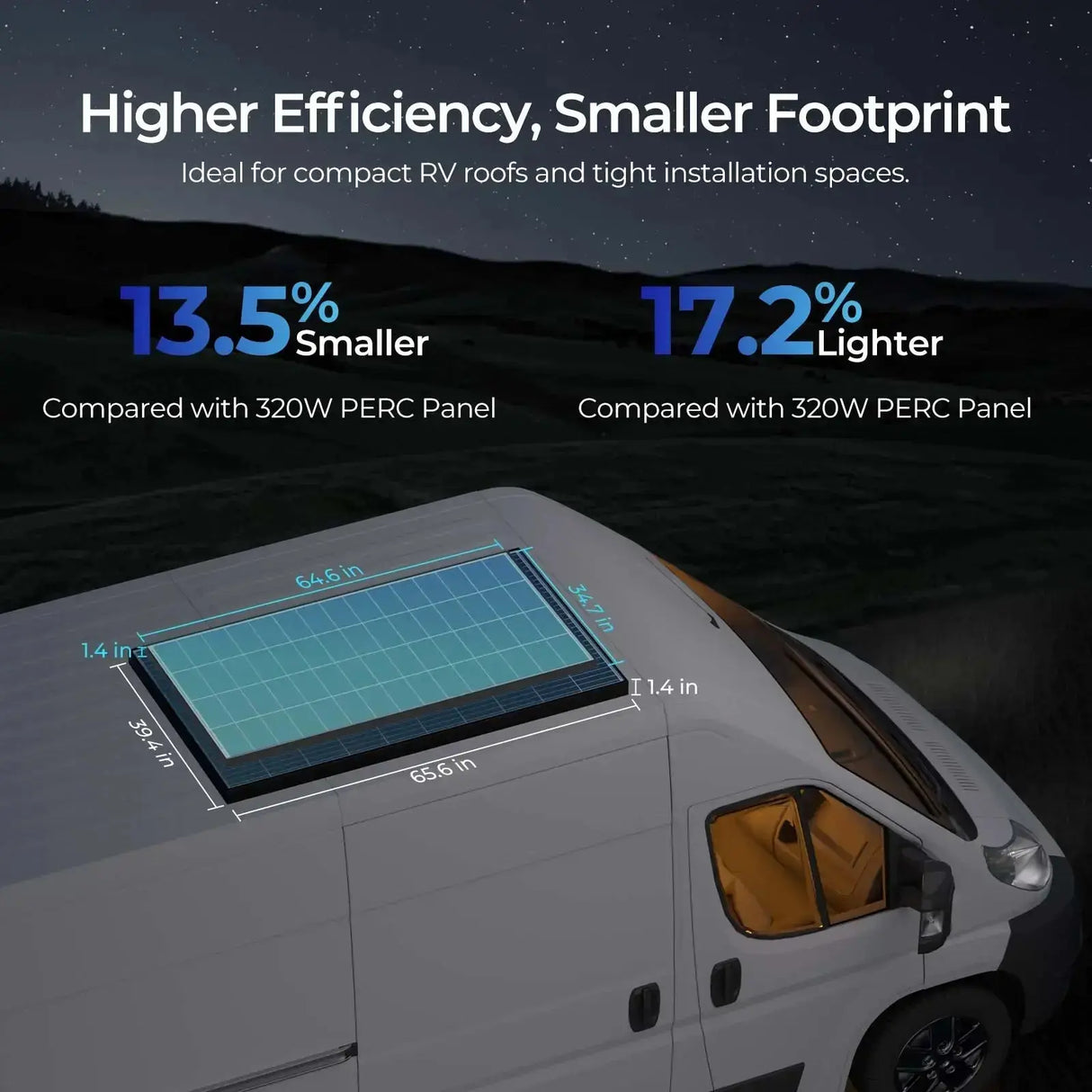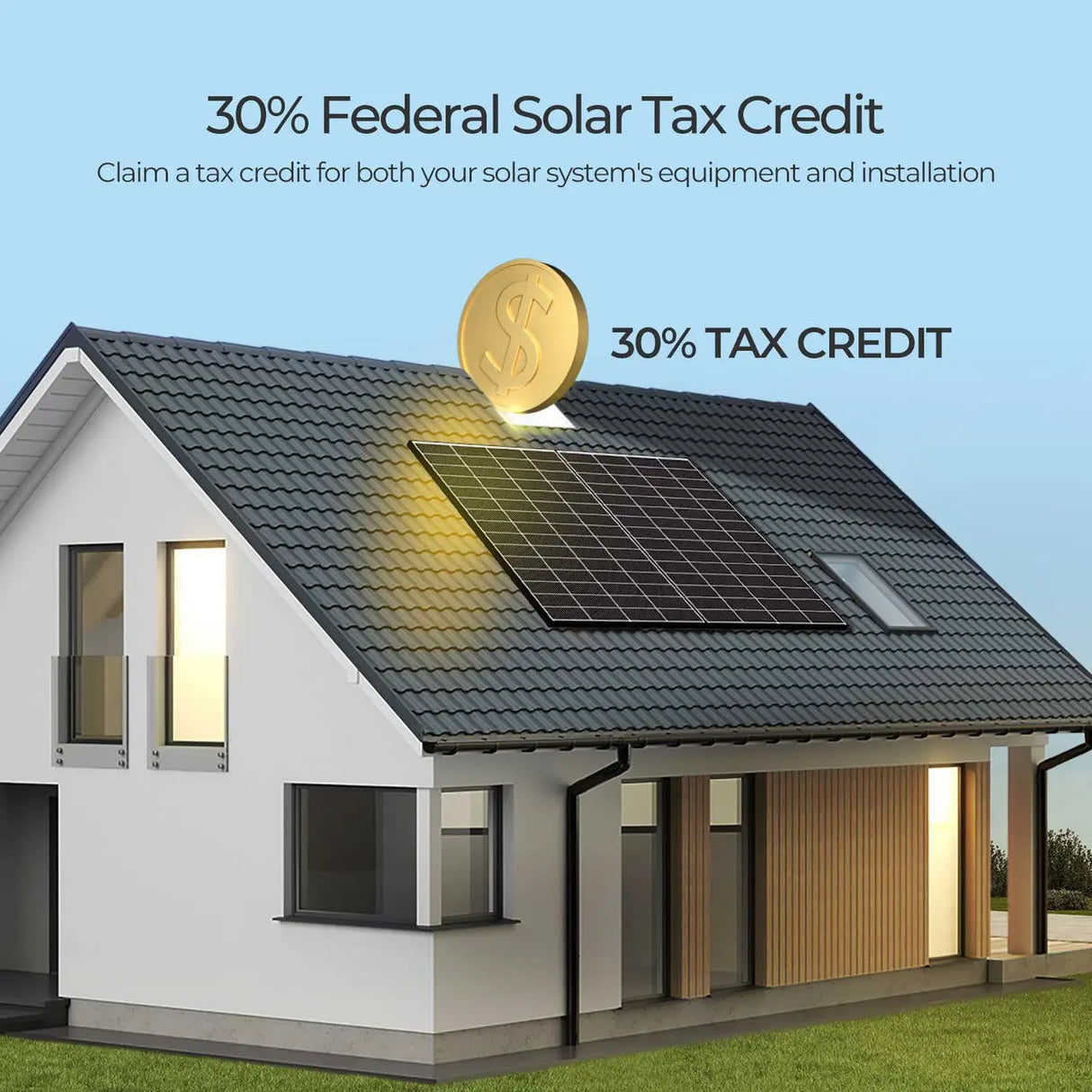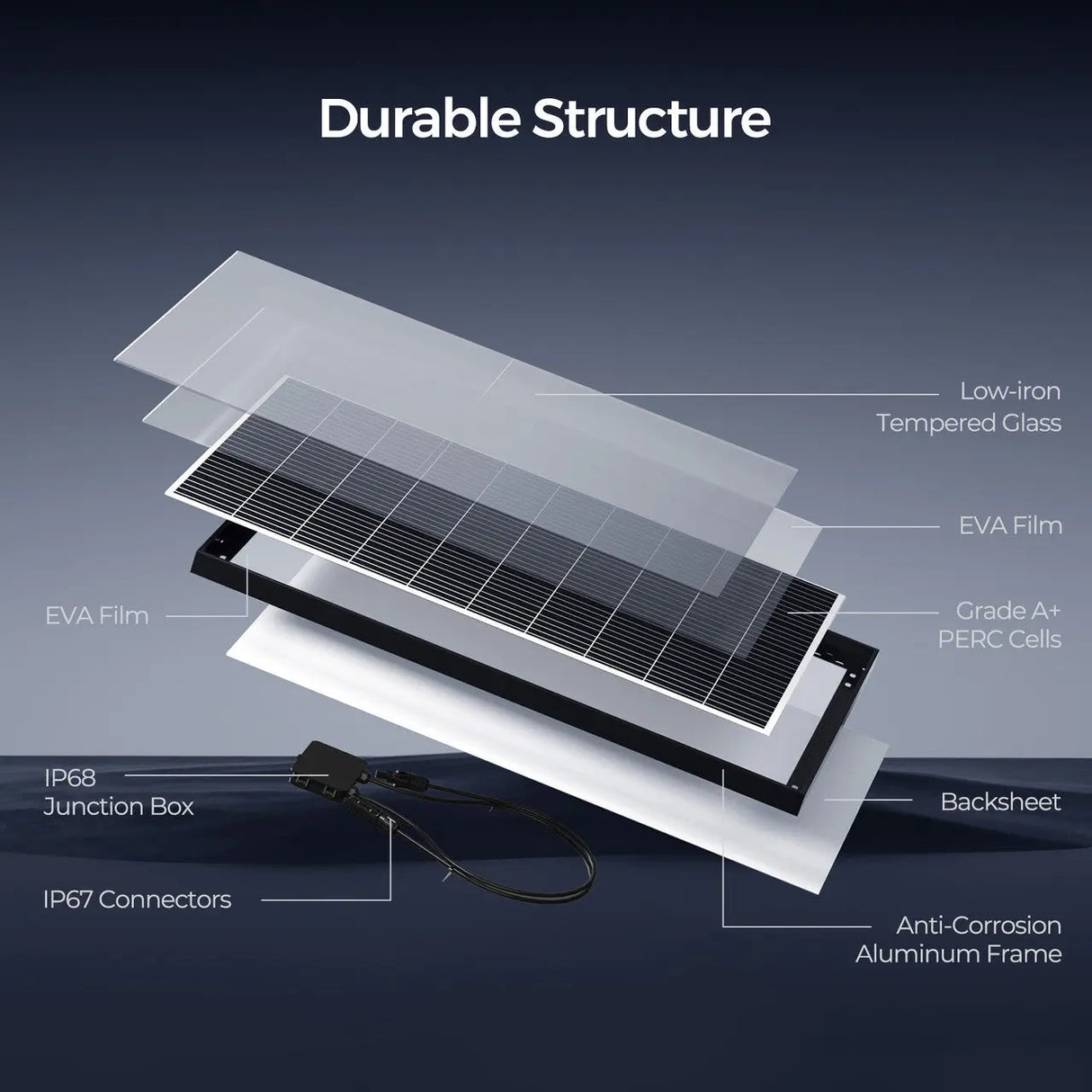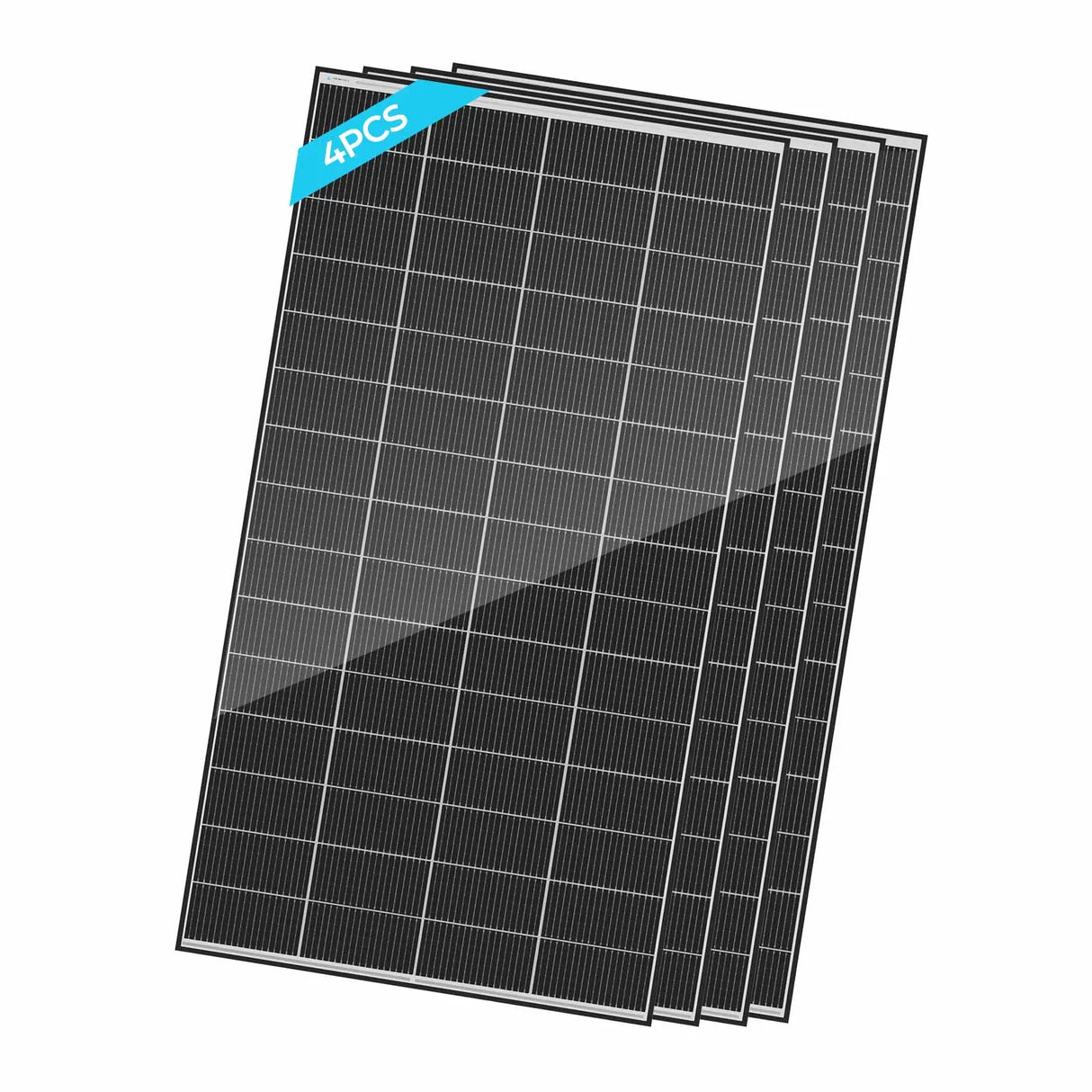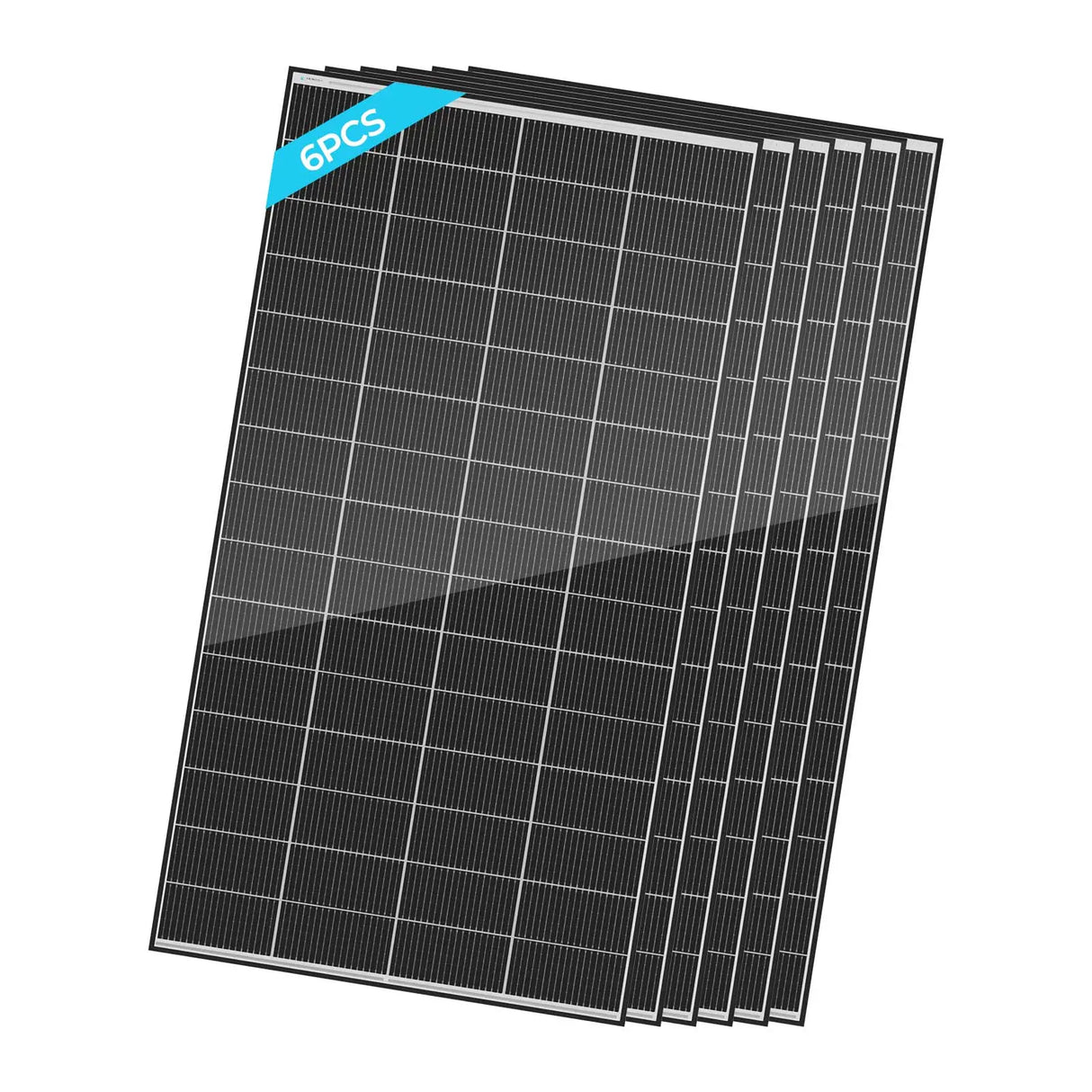320W N-Type Solar Panel(2-Pack)
- Up to 25% cell efficiency with N-TYPE tech and 18 busbars
- Space-saving design — 13.5% smaller, 17.2% lighter
- Superior power output in high-temperature conditions
- IP68 rated — built to withstand snow, rain, and heat
- 10-year product & 25-year power output warranty
- Dimensions: 64.6*34.7*1.4 inch
320W N-Type Solar Panel(2-Pack) - 320 Watt / Total 2pcs is backordered and will ship as soon as it is back in stock.
















Start Compact. Explore Without Limits.
The lightest and most compact 320W N-TYPE rigid solar panel with high-efficiency 18 busbars design.

Compact Power, Easy Wiring
Two 320W panels use less space and require fewer connections than six 100W panels, creating a cleaner, more efficient setup for tight spaces.

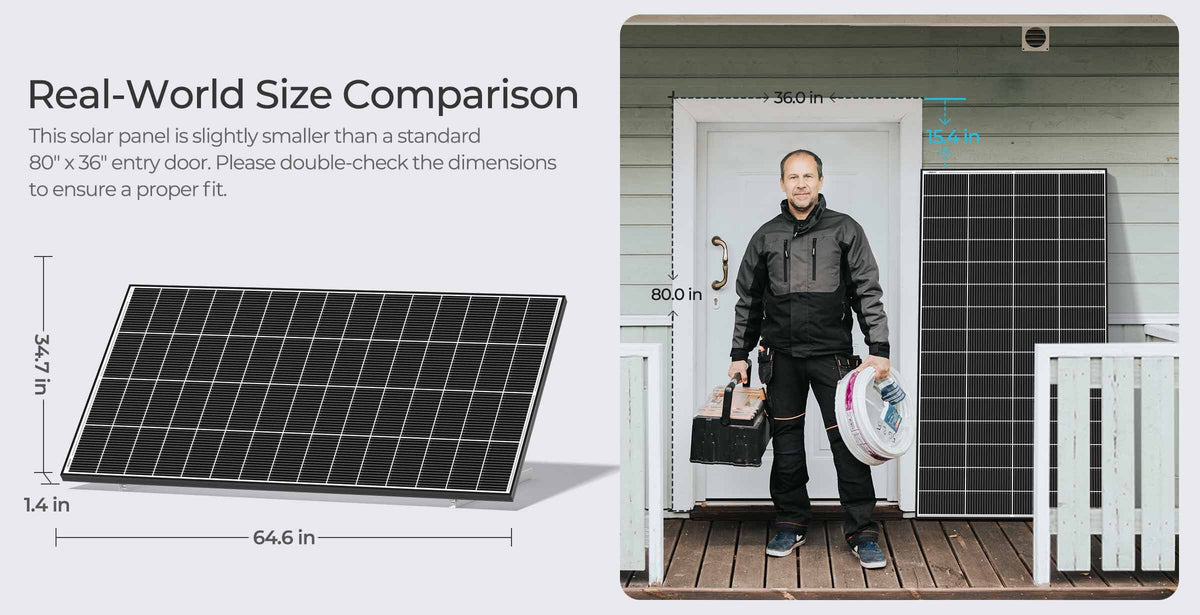
Unstoppable Under the Sun
N-TYPE cells keep delivering strong power, even under scorching sun and blazing temperatures


Ready for Every Mile

No Worries, Even Under a Blanket of Snow

Stays Steady Through Strong Winds
Flexible Mounting, Hassle-Free Setup
Pre-drilled for fast installation—flat, tilted, or on a pole, it fits your system your way
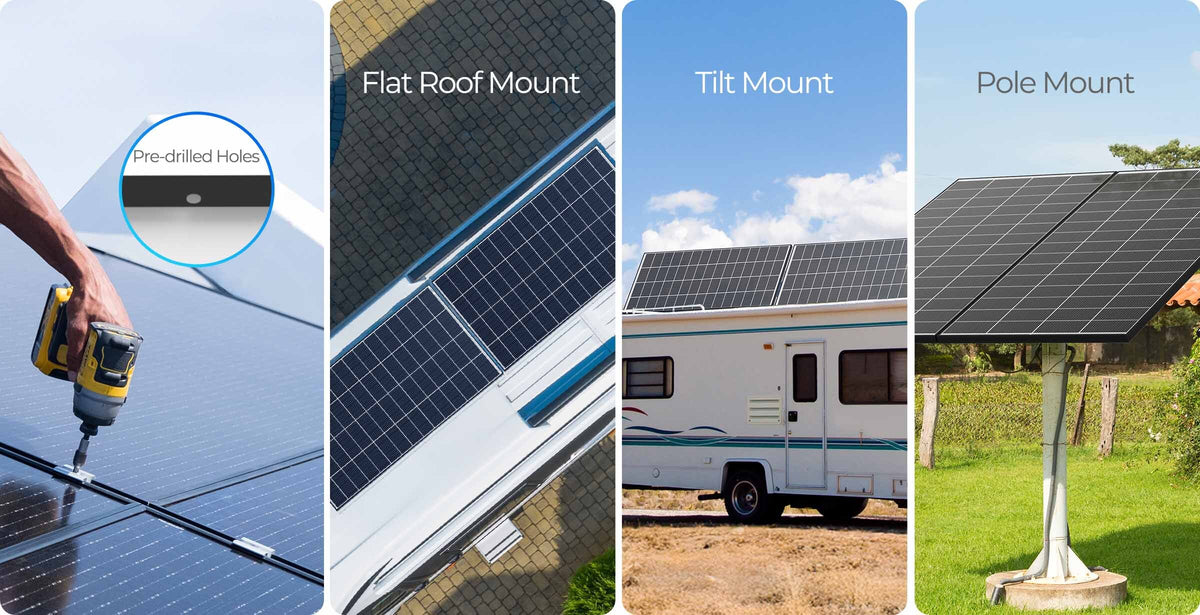
Versatile Power for Any Off-Grid Adventure



Package Includes

2pcs 320W N-Type Monocrystalline Solar Panel

2pcs 320W N-Type Monocrystalline Solar Panel

2pcs 320W N-Type Monocrystalline Solar Panel

2pcs 320W N-Type Monocrystalline Solar Panel

2pcs 320W N-Type Monocrystalline Solar Panel





